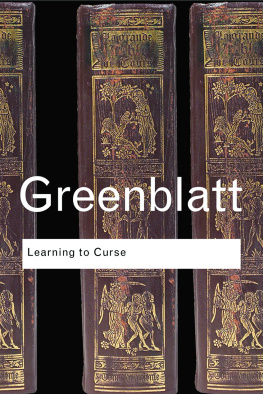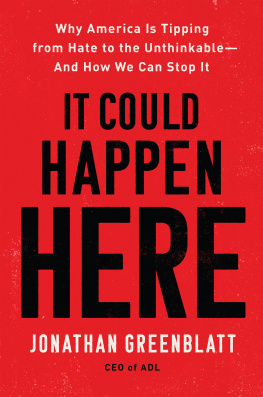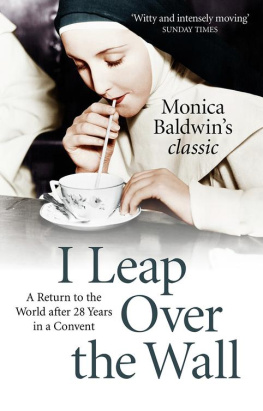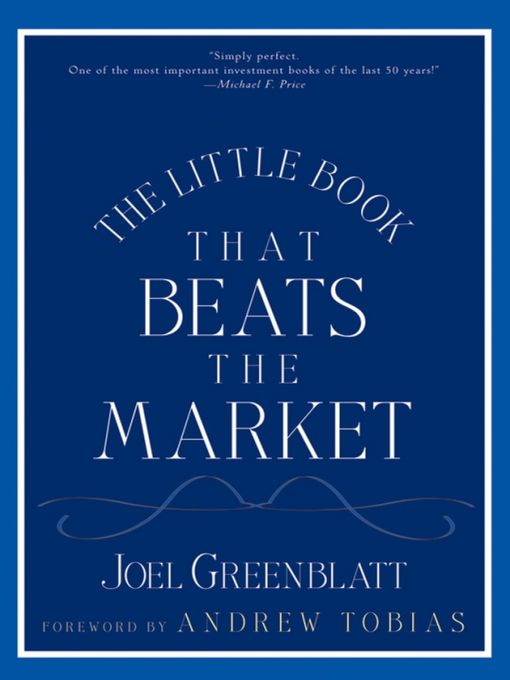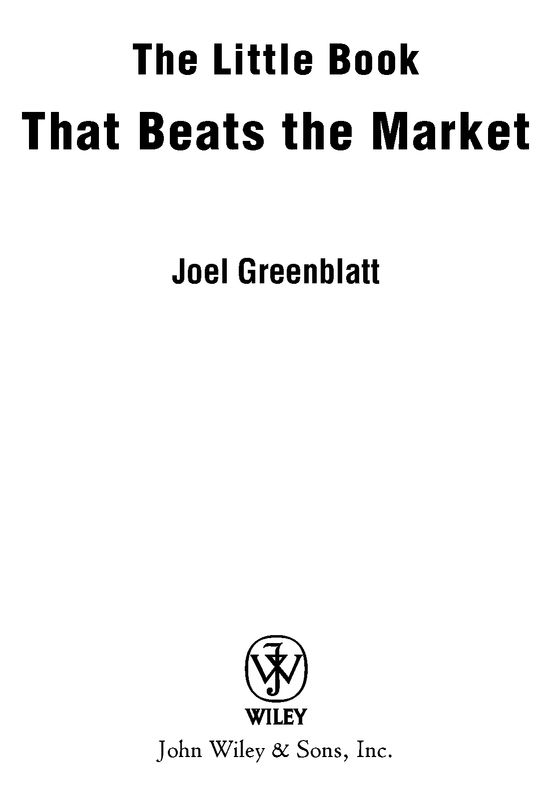Table of Contents
To my wonderful wife, Julie, and our five magnificent spin-offs
Acknowledgments
I am grateful to the many friends, colleagues, and family who have contributed to this project. In particular, special thanks are due to my partners at Gotham Capital, Rob Goldstein and John Petry. Not only are they the true coauthors of the Magic Formula study that appears in this book, but it is also a rare privilege to be associated with such brilliant, talented, and generous people. Their contributions to this bookand to the success of Gotham Capitalcannot be overstated and are appreciated more than they know. I would also like to give special thanks to Edward Ramsden at Caburn Capital for his extraordinarily insightful comments, suggestions, and editing work; to Norbert Lou at Punchcard Capital, particularly for his inspiration and suggestions for Chapter 9; and to Patrick Ede at Gotham Capital for his major contributions to the Magic Formula study, for his intelligent and helpful comments, and for his editing talents. In addition, my brother, Richard Greenblatt at America Capital, deserves a major part of the credit for being my editor-at-large, for his many good ideas, for his numerous contributions to each chapter, and especially for his encouragement with this project and throughout my life.
I am also grateful for the many helpful contributions and inspiration provided by Dr. Sharon Curhan (my sister, and my favorite artist), Dr. Gary Curhan, Joshua Curhan, Justin Curhan, Linda Greenblatt Gordon at Saddle Rock Partners, Michael Gordon, Bryan Binder at Caxton Associates, Dr. Susan Binder, Allan and Mickey Greenblatt (my wonderful parents), Dr. George and Cecile Teebor (the famous in-laws), Ezra Merkin at Gabriel Capital, Rod Moskowitz, John Scully, Marc Silbert, David Rabinowitz at Kirkwood Capital, Larry Balaban, Rabbi Label Lam, Eric Rosenfeld at Crescendo Partners, Robert Kushel (my broker at Smith Barney), Dan Nir at Gracie Capital, Brian Gaines at Springhouse Capital, Bruce Newberg (who got me started), Matthew Newberg, and Rich Pzena at Pzena Investment Management. Special thanks to David Pugh, my editor at John Wiley, and Sandra Dijkstra, my literary agent, for their encouragement and enthusiastic support of this project. Thank you also to Andrew Tobias for graciously writing the foreword and for being a good friend.
I would also like to thank my two oldest children, Matthew and Rebecca Greenblatt, for being willing students and readers (and for laughing at most of the jokes). To my three youngest children, thank you for your inspiration. And to all the kids, thank you for the joy you bring each day. Thank you also to my beautiful wife, Julie, for her sage advice with this book, and in life, for her love and support and for each precious day together.
Foreword
The best thing about this bookfrom which I intend to steal liberally for the next edition of The Only Investment Guide Youll Ever Needis that most people wont believe it. Or, believing it, wont have the patience to follow its advice. Thats good, because the more people who know about a good thing, the more expensive that thing ordinarily becomes... bye-bye bargain.
Yet unlike most systems meant to exploit anomalies in the market, Joel Greenblatts simple notion will likely retain at least a good deal of its validity even if it becomes widely followed.
I dont want to spoil the surprisethe book is short enough as it is. My role here is simply to introduce you to the author, so you have some sense of just how far you can trust him.
Ive known Joel for decades. He is really smart, really modest, really well intentioned andhere is the unusual partreally successful. (I mean: really successful.)
More to the point, his success has come from shrewd investing (not from selling books).
He is also funny. I read the first couple of chapters of this book to my 11-year-old nephew, Timmy, and we both enjoyed it. Timmy, with no investable funds that I know of, then fell asleep as I raced to the end, mentally rejiggering my retirement plan.
Let me tell you this much: In the beginning, there were mutual funds, and that was good. But their sales fees and expenses were way too high. Then came no-load funds, which were better. They eliminated the sales fee, but were still burdened with management fees and with the tax and transactional burden that comes from active management. Then came index funds, which cut fees, taxes, and transaction costs to the bone. Very, very good.
What Joel would have you consider, in effect, is an index-fund-plus, where the plus comes from including in your basket of stocks only good businesses selling at low valuations. And he has an easy way for you to find them.
Not everyone can beat the averages, of courseby definition. But my guess is that patient people who follow Joels advice will beat them over time. And that if millions of people should adopt this strategy (Vanguard: please hurry up and offer a low-priced fund like this), two things will happen. First, the advantage of investing this way will diminish but not disappear. Second, stock market valuations will become ever so slightly more rational, making our capital allocation process ever so slightly more efficient.
Not bad work for a skinny little book.
Now, gather ye what 11-year-olds ye may, and dive in.
Andrew Tobias, author of
The Only Investment Guide Youll Ever Need
Introduction
This book was originally inspired by my desire to give each of my five children a gift. I figured if I could teach them how to make money for themselves, then I would be giving them a great gifttruly one that would keep giving. I also figured that if I could explain how to make money in terms that even my kids could understand (the ones already in sixth and eighth grades, anyway), then I could pretty much teach anyone how to be a successful stock market investor.
While the concepts covered in this book may seem simpleperhaps too simple for sophisticated investorseach step along the way is there for a reason. Stay with it, and I assure you the payoff for both beginning and experienced investors will be huge.
After more than 25 years of investing professionally and after 9 years of teaching at an Ivy League business school, I am convinced of at least two things:
1. If you really want to beat the market, most professionals and academics cant help you, and
2. That leaves only one real alternative: You must do it yourself.
Luckily, that might not be such a bad thing. As improbable as it may seem, you can learn to beat the market. Through a simple, step-by-step process, this book can teach you how. To help you along, I have included a magic formula. The formula is simple, it makes perfect sense, and with it, you can beat the market, the professionals, and the academics by a wide margin. And you can do it with low risk. The formula has worked for many years and will continue to work even after everyone knows it. Although the formula is easy to use and will not take much of your time, it will work for you only if you make the effort to fully understand why it works.
Along the way, you will learn:
How to view the stock market
Why success eludes almost all individual and professional investors
How to find good companies at bargain prices
How you can beat the market all by yourself



